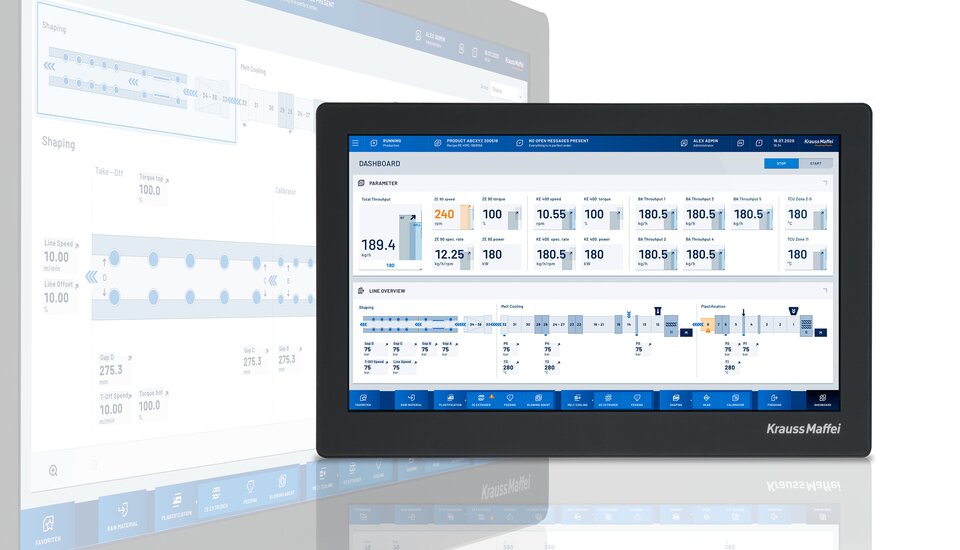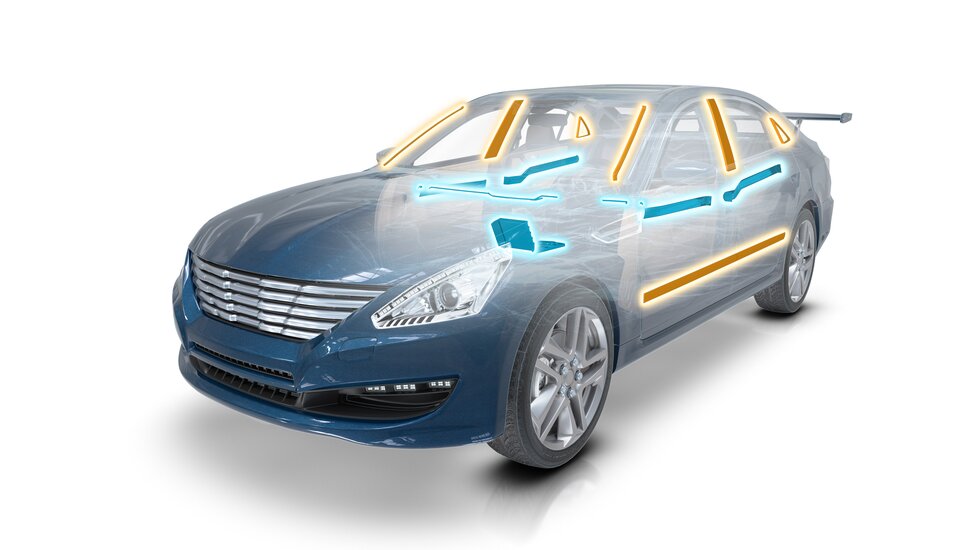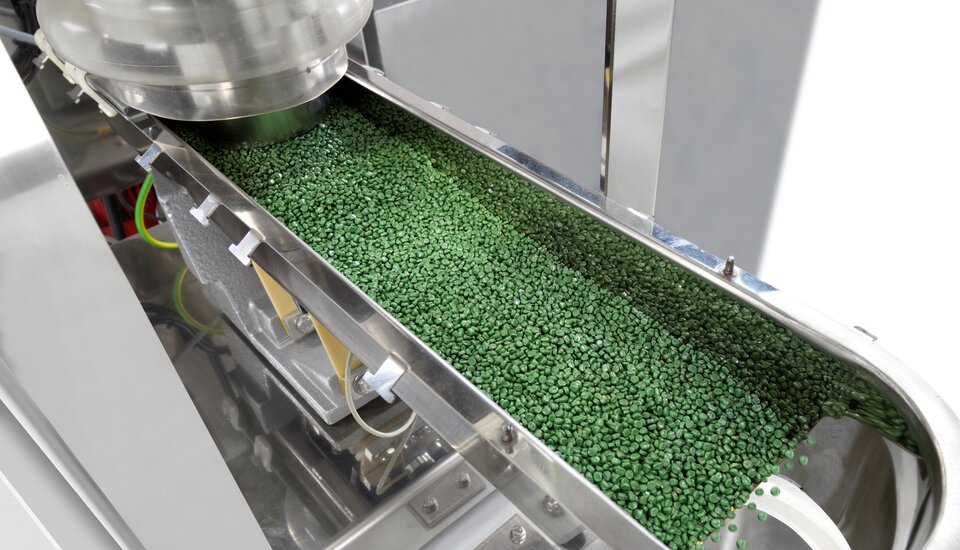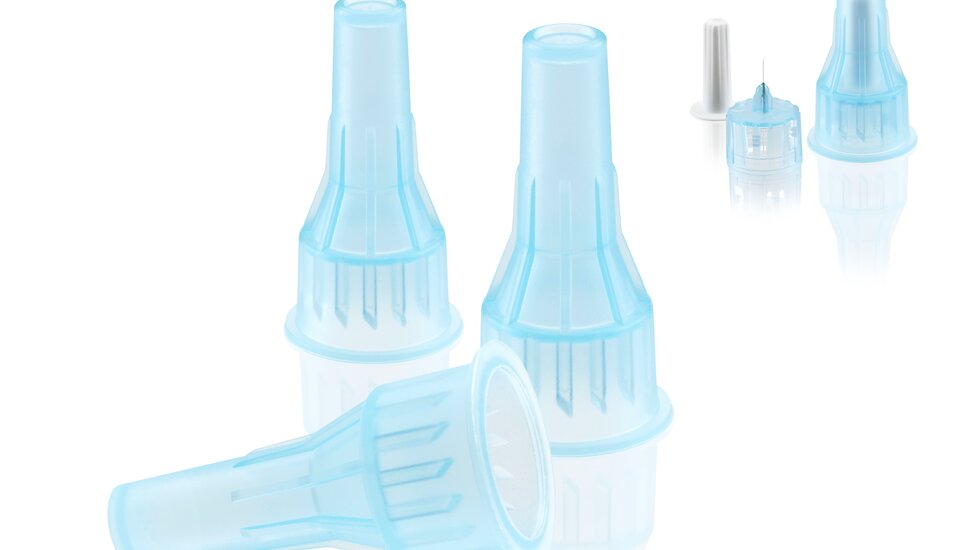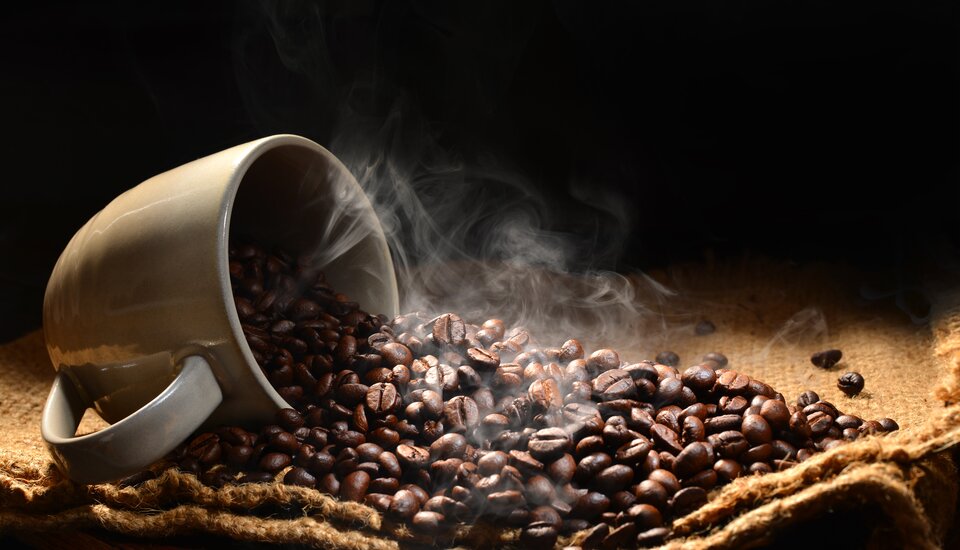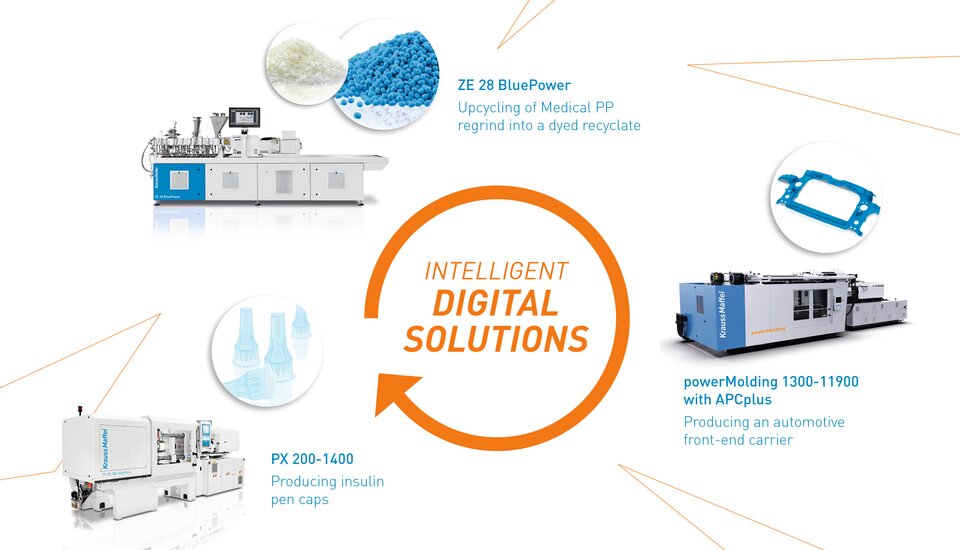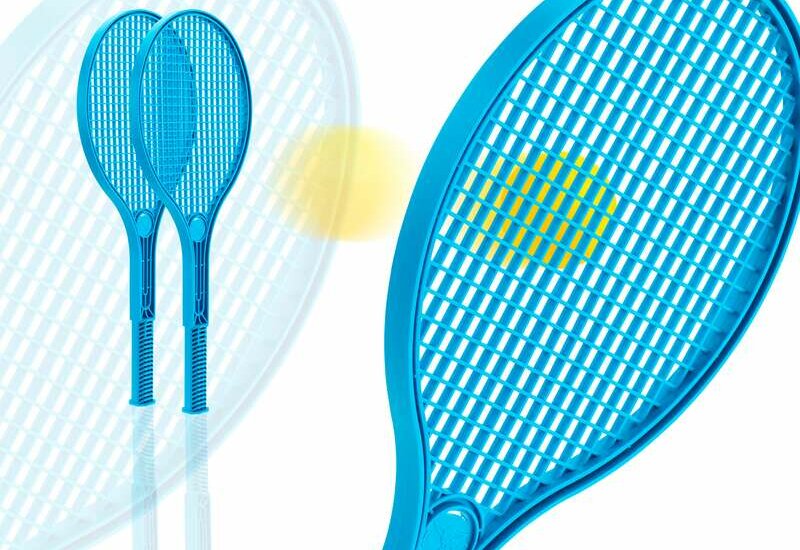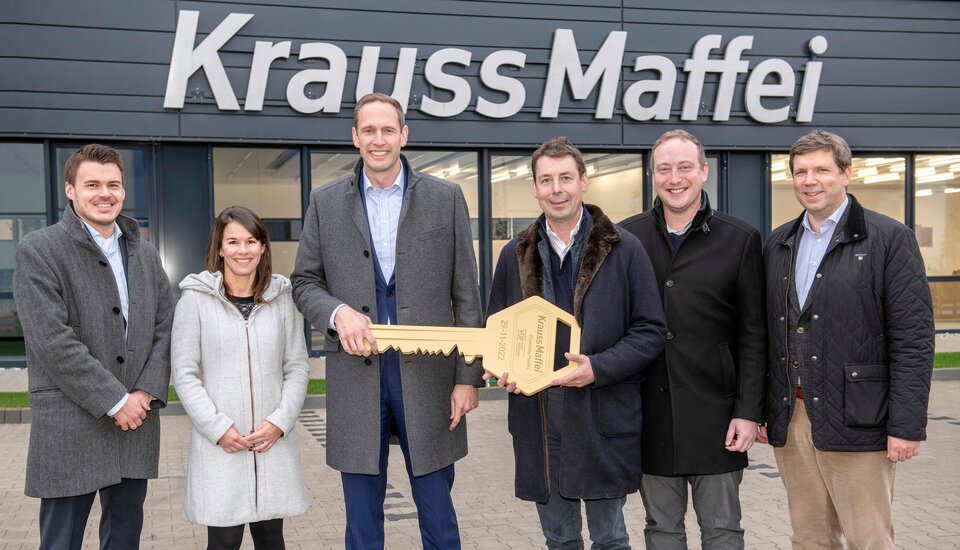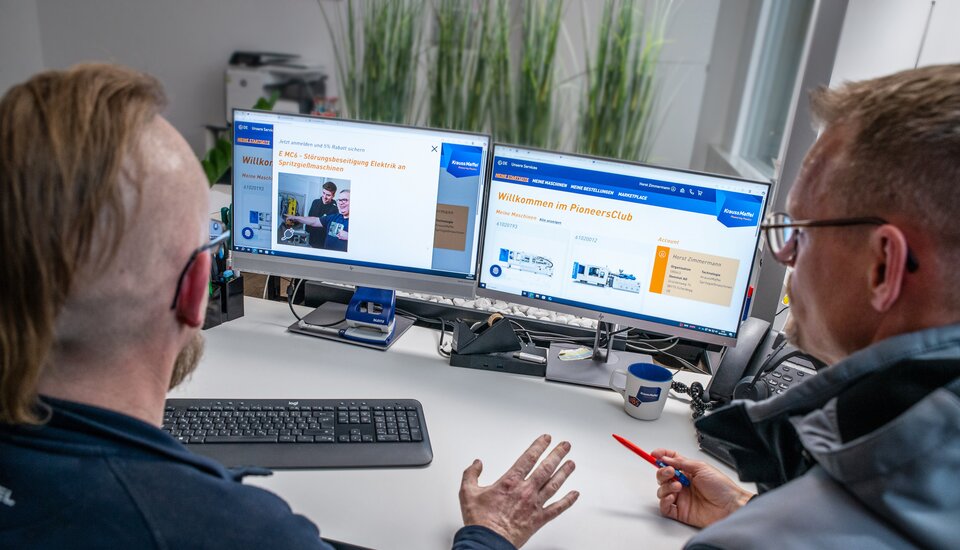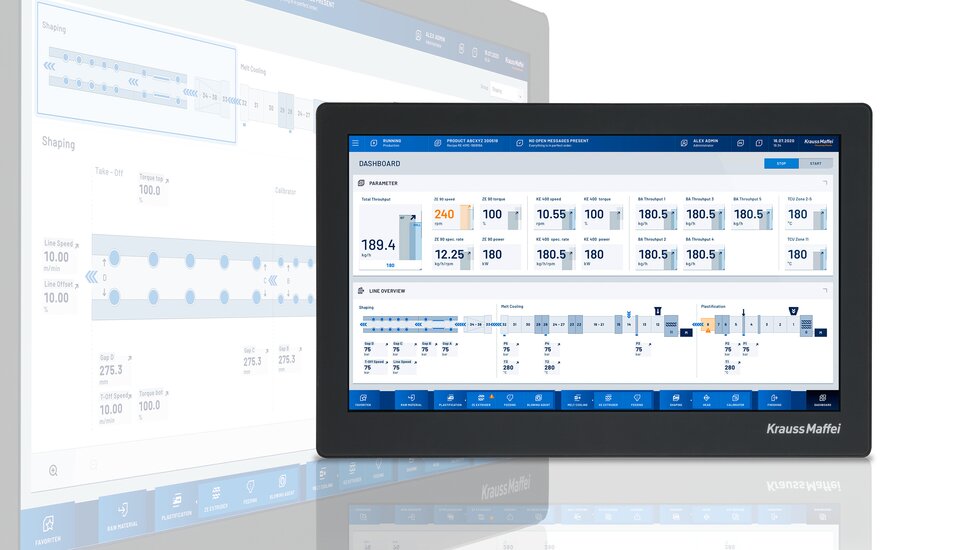
Insights
Smart lightweight construction in Paris
| Petra Rehmet
KraussMaffei at JEC
Processes ready for large-scale production and groundbreaking lightweight construction: At JEC World in Paris (March 6 to 8) KraussMaffei presented cost-efficient solutions for manufacturing fiber-reinforced plastic components - based on both thermoset and thermoplastic matrix materials.
One highlight at the KraussMaffei booth was the virtual presentation of the first fully automated turnkey line for the wetmolding process. "It cuts cycle times in half compared to manual solutions and simultaneously increases process reliability," explains Philipp Zimmermann, Head of the Composites/Surfaces BU. The distinguishing feature of the KraussMaffei wetmolding process is a simple process chain. Low mold cavity pressures when wetting fibers ensure an affordable investment and upkeep of the systems as well as elimination of the entire preforming process -all in total it offers an economical alternative to classical HP-RTM processees (High Pressure Resin Transfer Molding). Wetmolding is one of just a few processes that permits the use of recycled materials. "There is significant interest in our wetmolding technology, especially in Asia and in particular in China", adds Zimmermann.
The iPul pultrusion system meets the needs of the modern age
Another highlight at the KraussMaffei booth was the iPul pultrusion system presentation. This is the first complete system for continuous pultrusion and has production speeds that are more than twice as fast as conventional tub processes. "The new iPul system meets the needs of the modern age. Interest remains high, particularly for applications in the construction industry such as window profiles or rebars for concrete or in wind turbines. We are also increasingly getting requests from the automotive industry," says Zimmermann.
A new spray mixing head ensures faster nozzle replacement
The newly developed KraussMaffei nozzle-changing component for the SCS mixing head boasts a critical advantage. Flat-fan and air-assisted circular jet nozzles that are required for spraying various sections of the component can be installed on a single mixing head and used in alternation. This doesn't just shorten cycle times. It also reduces investment costs because only one mixing head is required and the hydraulic switchover unit that had been used previously is no longer needed. In the structural component spraying (SCS) process, layers made up of fiber mats and honeycomb cores are sprayed with unreinforced PU, inserted into a mold and compression molded. SCS permits outer layers with low thickness, so that the manufactured components are particularly lightweight.
Breakthrough for FiberForm in large-scale production
Thermoplastics composites processes ready for series production were impressively demonstrated by the KraussMaffei FiberForm technology at the JEC. "The FiberForm process developed by KraussMaffei has been successfully established in large-scale production. Our customers appreciate the high quality, reliability and cost-efficiency in the production of thermoplastic composites," says Stefan Fenske, FiberForm & IMC Technology Manager at KraussMaffei. FiberForm is the thermoforming and over-molding of organic sheets, platen-shaped semifinished products with continuous fibers made of glass, carbon or aramide that, for example, are embedded into a thermoplastic matrix made out of polyamide (PA) or polypropylene (PP). In this process, these semifinished products are initially heated and reshaped in the injection mold and then back-injected with a fiber-reinforced polymer. The fully automated process enables short cycle times of less than 60 seconds and, therefore, production processes that are ready for large series. The entire production process, including infrared heating technology control for the composite sheet has been integrated in the MC6 machine control system. This simplifies operation.
Contact FiberForm
Mesut.Cetin@kraussmaffei.com
